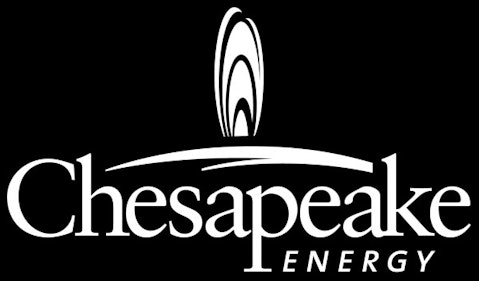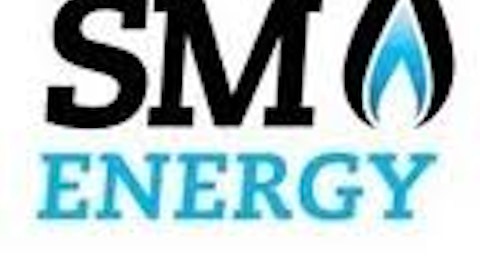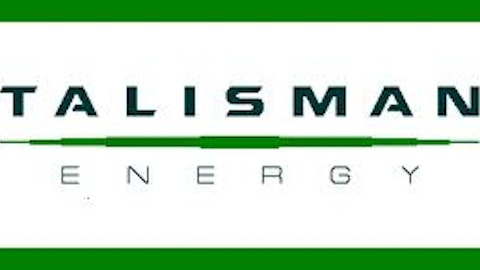The U.S. boom in shale gas and oil has come from certain parts of the country, and each of those parts is already starting to develop a reputation. The Bakken is considered the place to be if all you want is oil, the Marcellus has become the new hub for gas production, and the Eagle Ford is for those who want it all, and fast. One of these new plays is still shrouded in mystery: the Utica formation. With the Ohio Department of Natural Resources publishing data only once a year, companies can operate there while many people don’t know what’s going on.
Last week, that coveted report from the Ohio DNR was made public, and it helped to answer a lot of questions that many investors may have had. Let’s look at three pressing questions for the Utica formation and see whether we can start to solve this shale puzzle.
1. What other formation is this most comparable with: Bakken, Eagle Ford, Marcellus?
Many exploration companies and investors were hoping that the Utica would be a much more oil-rich play than its neighbor the Marcellus. It appears, though, that this isn’t the case. Reports from several companies that explored for oil in the Utica found that the oil part of the play didn’t have enough underground pressure to get the oil to the surface without some more advanced techniques. A couple of companies are taking a stab at the oil region of the play. Halcon Resources Corp (NYSE:HK) is one of those companies and has plans to spend about $200 million on wells in the Utica, most of which will focus on the oil play in northern Ohio. The company expects to release results on these wells in the third quarter, which should give us a clearer picture of the oil window.
At the same time, though, the Utica is not a dry gas-heavy play, either. Chesapeake Energy Corporation (NYSE:CHK) and Gulfport Energy Corporation (NASDAQ:GPOR), two of the most prominent companies in the Utica, seem to have focused in on the wet-gas part of the play.

Source: Halcon Resources Corp (NYSE:HK) investor presentation.
The wet-gas section has a heavy concentration of natural gas liquids (NGLs), such as propane and ethane, and condensate, a liquid that is kind of a hybrid between crude oil and natural gas liquids. Gulfport Energy Corporation (NASDAQ:GPOR) has reported that its first 14 wells in the wet gas “fairway” average about 807 barrels per day condensate, 946 bpd NGLs, and 7.8 million cubic feet of natural gas, making for a 68% liquids mix. While NGLs and condensate are not as well known to the general public, they have a much greater value than dry natural gas because they can be used in a variety of things such as chemical manufacturing feedstock and a blending agent for heavy crude oil such as Canadian tar sands. This makes wet gas much more financially lucrative than dry gas and hence why companies are targeting this region.
2. Were the Utica’s 2012 production numbers as great as we had hoped they would be?
If I were to tell you that 2012 oil and gas production in the Utica jumped 93% and 80%, respectively, you might think that’s pretty impressive. But let’s put that number in context. In 2011, the Utica had only two wells producing, and today there are about 107. So when you consider that the number of total producing wells has jumped 50 times but production gains have less than doubled, it’s not as great as we had hoped.





